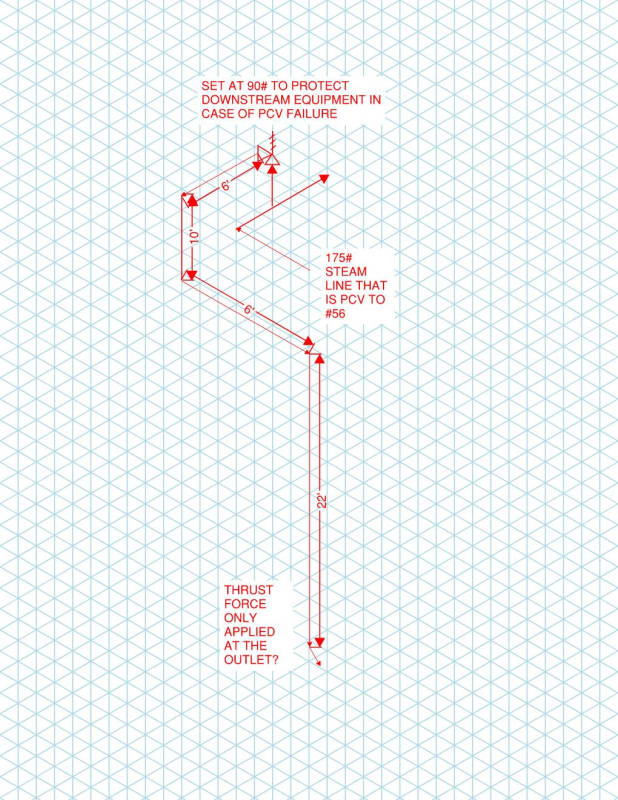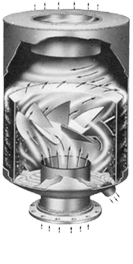The sketch as proposed would not be my recommendation unless there is zero chance, ever, of personnel exposure to a relief event. That is a *very* hard requirement to fulfill. This might be the case in a remote unmanned operation, but even then you have to ensure that the occasional operator or craft will not be impacted during a relieving event.
Therefore, as others have noted, the PSV discharge needs to be routed away from locations where it is possible for operations or crafts to be present.
You can do a risk analysis based on your particular PHA/hazard risk ranking criteria to locate the tailpipe discharge. A silencer can be provided to attenuate the high noise level. This is an off-the-shelf item; there are several manufacturers of these.
The main hazards with steam PSV discharge are: noise, high thrust forces, and exposure of personnel to hot condensate and hot vapor phase steam. Another one folks often overlook is corrosion of the tailpipe. Atmospheric steam in lines open to atmosphere is corrosive as sh*t to carbon steel. If you get a rust-through hole in the tailpipe halfway to the outlet, someone may be exposed during a relief event. Best to make the tailpipe out of SS (expensive) or some other corrosion-resistant material.
The thrust force is best handled by a pipe stress program such as CAESAR II or Tri-Flex. CAESAR will calculate the direction and magnitude of the force based on the steam parameters you input. CAESAR will then provide the information you need to design the tailpipe restraints, to prevent thermal stress overload in the tailpipe, prevent movement, and prevent overloading the restraints that support the tailpipe.
Usually the thrust event can be assumed to be non-time-varying which means you can assume the thrust force is constant w.r.t. time and therefore you do not need to do a dynamic analysis. This is not always the case though; if it can be shown that the relief event may be time-varying, you will need to consider a dynamic event. CAESAR will handle that but you have to know or assume the parameters of the time variance.




